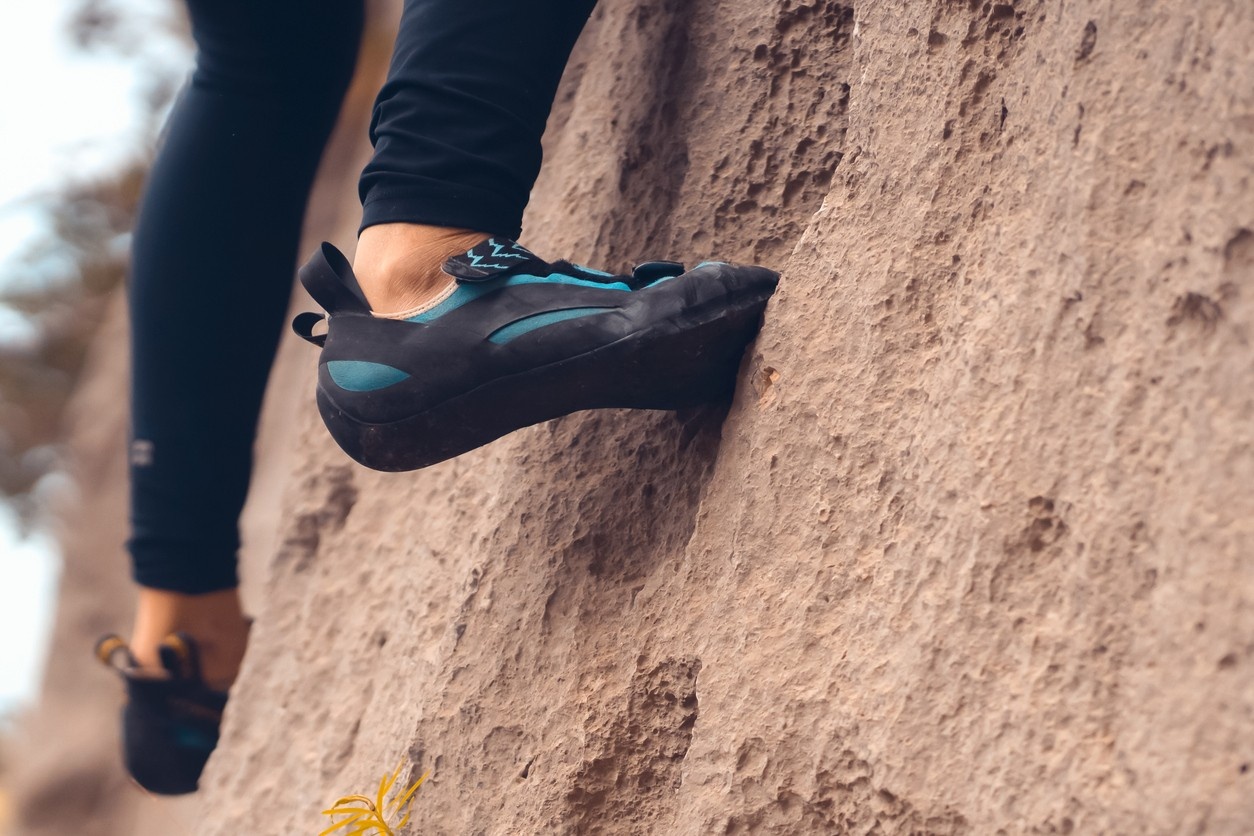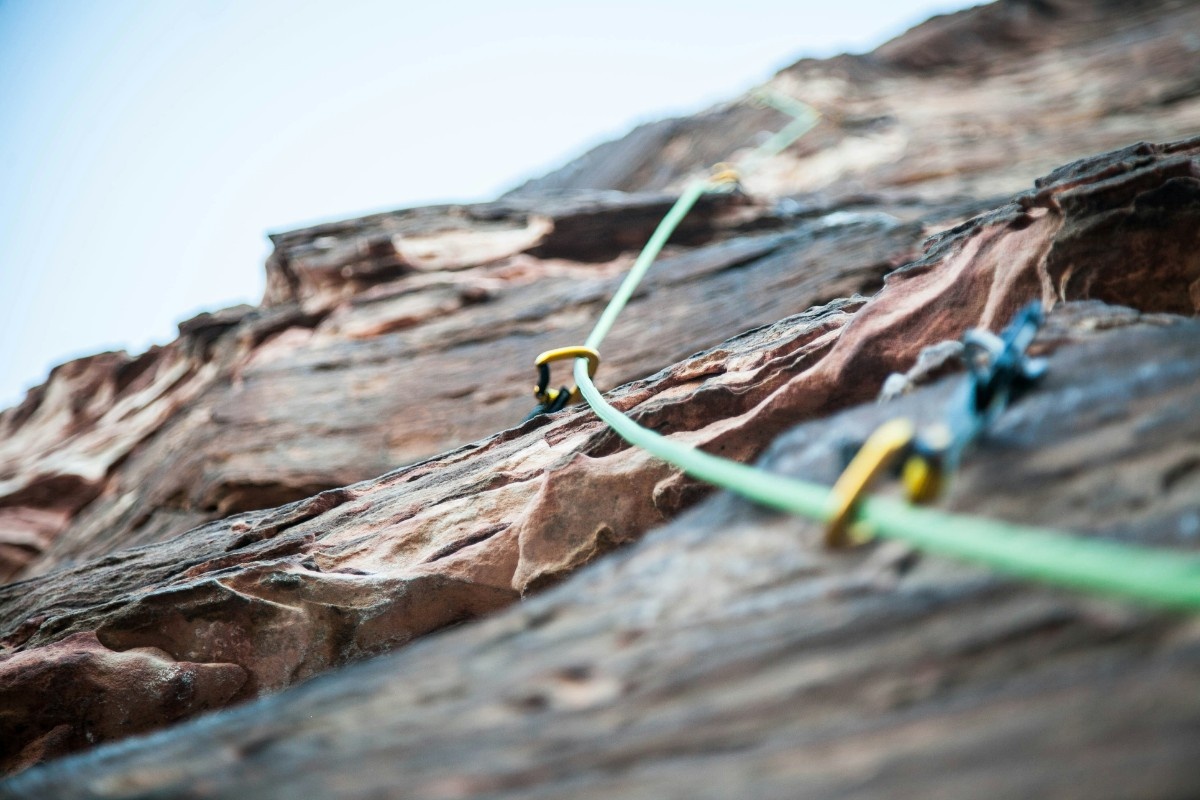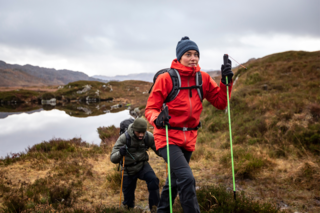Your Complete Guide to Climbing Terms

The Rock Climbing Dictionary
Welcome to the ultimate rock climbing dictionary-your essential guide to understanding the language of climbers. Whether you’re a beginner stepping into your first climbing gym or an experienced trad climber heading out to the crag, mastering climbing terminology is crucial for safety, communication, and enjoyment on the wall. This comprehensive glossary covers the most used technical terms and jargon you’ll encounter in the world of rock climbing.
What Is Rock Climbing?
Rock climbing is a sport and outdoor activity that involves ascending natural rock formations or artificial climbing walls using hands, feet, and specialised equipment. Climbers tackle routes of varying difficulty, relying on strength, technique, and problem-solving skills. The sport encompasses multiple disciplines, including bouldering, sport climbing, trad (traditional) climbing, and aid climbing.
Why Learn Climbing Terminology?
Understanding climbing terms helps you:
- Communicate clearly with partners and instructors.
- Stay safe by knowing commands and equipment names.
- Progress faster by grasping techniques and route descriptions.
- Feel confident and included in the climbing community
Essential Climbing Terms Explained
Below, you’ll find a mix of detailed explanations, frequently asked questions, and key headings to help you navigate the world of climbing.
Climbing Locations and Features
- Crag: A crag is a steep or rugged cliff, often used to describe outdoor climbing areas. Crags can range from small local spots to famous climbing destinations, each offering routes for different skill levels.
- Route: A route is a specific path up a rock face, marked by a sequence of holds or features. Routes are graded by difficulty and often named by the first ascensionist.
- Problem: In bouldering, a problem is a short, challenging sequence of moves. Problems are typically lower to the ground and focus on power and technique rather than endurance.
- Face, Arete, and Dihedral:
- Face refers to a vertical or near-vertical wall.
- Arete is a sharp edge or corner on the rock.
- Dihedral is an inside corner, like the spine of an open book, offering unique climbing challenges.
- Chimney: A wide crack or gap in the rock that’s large enough for a climber’s body. Chimney climbing involves using your back and feet to move upward.
Climbing Disciplines
- Bouldering: Climbing short, powerful problems without ropes, protected by crash pads.
- Sport Climbing: Climbing routes protected by pre-placed bolts. Climbers clip quickdraws into bolts for safety.
- Trad (Traditional) Climbing: Climbers place their own removable protection (cams, nuts) as they ascend. Trad climbing emphasises route-finding and gear placement skills.
- Aid Climbing: Using gear to assist upward progress, often on steep or blank sections where free climbing is not possible.
Key Climbing Equipment
- Harness: A padded belt and leg loops worn by climbers to attach themselves to the rope.
- Belay Device: A mechanical device used to control the rope during belaying, helping catch falls and lower climbers safely.
- Carabiner: A metal loop with a spring-loaded gate, used to connect gear, ropes, and protection points.
- Quickdraw: A pair of carabiners connected by a sewn sling, used to connect the rope to bolts or gear.
- Protection (Pro): General term for gear placed in the rock to catch a fall, including cams, nuts, and hexes.
- Crash Pad: A portable foam mat used in bouldering to cushion landings.
Climbing Culture and Etiquette
- Spray: Unsolicited advice or boasting about climbing achievements.
- Project: A route or problem a climber is working on but hasn’t yet completed.
- Sandbag: A route graded easier than its actual difficulty, often catching climbers off guard.
- Choss: Loose or poor-quality rock.
- Epic: A climb that turns into a much bigger challenge than expected, often involving unexpected difficulties.
Climbing Techniques and Moves
- Crimp: A small edge or hold gripped with the fingertips. “Crimping” requires finger strength and precise body positioning.
- Jug: A large, easily gripped hold, often used for resting.
- Sloper: A rounded hold with little positive edge, requiring open-handed grip and body tension.
- Jam: In crack climbing, inserting hands, fingers, or feet into a crack for grip.
- Heel Hook & Toe Hook: Using the heel or toe to hook onto holds for leverage and stability.
- Mantle: Pushing down with the hands to press the body up and over a ledge or bulge.
Safety and Communication
- Belay: To manage the rope for a climber, catching falls and controlling descent. The belayer is the person performing this task.
- On Belay: A command indicating the belayer is ready and the climber can start climbing.
- Take: A command for the belayer to pull the rope tight, removing slack.
- Slack: A request for the belayer to give more rope.
- Falling: A warning shouted by the climber if they’re about to fall, allowing the belayer to prepare.
Climbing Grades and Ratings
- Yosemite Decimal System (YDS): Used in the US, technical climbs are rated 5.x, with higher numbers indicating more difficulty (e.g., 5.7 is easier than 5.12).
- French System: Used in Europe, grades like 6a, 7b, etc., indicate increasing difficulty.
- V-Scale: Used for bouldering problems, ranging from V0 (easiest) to V17 (hardest).
Common Climbing Terms and Jargon
- Beta: Information or advice on how to complete a route or problem.
- Flash: Completing a route on the first attempt with prior information.
- On-sight: Completing a route on the first attempt without prior information or practice.
- Redpoint: Successfully climbing a route after previous attempts or practice.
- Crux: The most difficult section of a climb, often determining the route’s grade.
- Pump: A feeling of muscle fatigue in the forearms, common during sustained climbing.
- Send: Successfully completing a route or problem.
- Top-out: Finishing a climb by reaching the top and standing on the summit or ledge.
- Whipper: A large fall, often with dramatic rope stretch.
Climbing for Beginners: Key Takeaways
- Learn basic commands and safety terms before your first climb.
- Start with easy routes or problems to build confidence and technique.
- Always communicate clearly with your climbing partner.
- Don’t hesitate to ask for beta or clarification on terms.
Climbing FAQs
Sport climbing relies on pre-placed bolts for protection, while trad climbing involves placing your own gear in natural features for safety.
The crux is the hardest part of a route, often requiring the most skill and effort to overcome.
A flash is a successful first attempt with prior knowledge, while an on-sight is a first attempt with no prior information.
Belaying is managing the rope for a climber to ensure their safety in case of a fall.
Beta is advice or information about the best way to complete a route or problem.
Related Articles

Let us know you agree to cookies
We use marketing, analytical and functional cookies as well as similar technologies to give you the best experience. Third parties, including social media platforms, often place tracking cookies on our site to show you personalised adverts outside of our website.
We store your cookie preferences for two years and you can edit your preferences via ‘manage cookies’ or through the cookie policy at the bottom of every page. For more information, please see our cookie policy.





